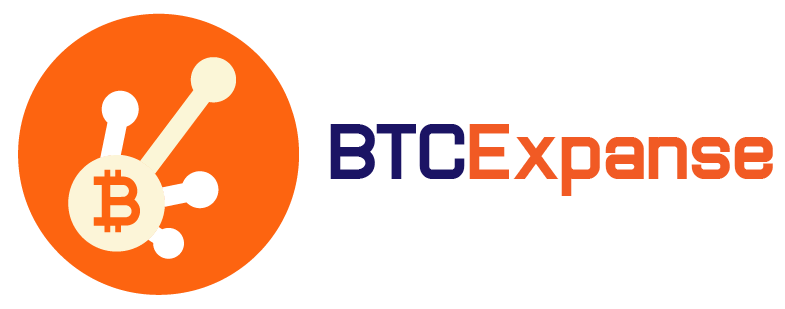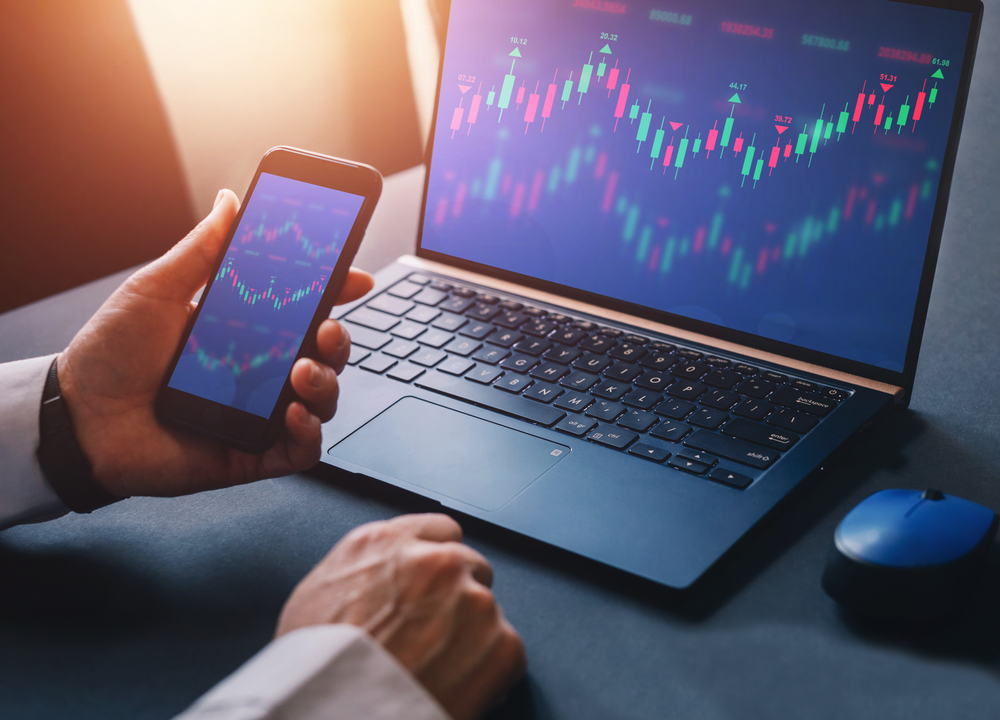Fibonacci and Forex Trading
Skilled traders make use of various strategies in approaching the market, rather than simply acting based on intuition or emotion. In doing this, they don’t expect to get a perfect vision of the future, because all strategies can do is offer a hint as to what might happen within a certain time-period. Trading strategies are not a prophecy, rather, they are a blueprint of possible outcomes from a particular situation in the stock market, derived through the painstaking analysis of finance, on the one hand, and historical price data, on the other.
It is left to the trader himself to put the information on a price chart together with market news, both old and recent, and to decide whether, or how, to act. Today, let’s look at the interesting and relevant example of using Fibonacci Retracements to analyze trading bubbles.
What is a Stock Market “Bubble”?
Before we go into Fibonacci and forex trading, let’s explore what a bubble is. When a stock market asset grows in popularity and quickly attracts the interest of thousands of traders, it drives up the price, and this, in turn, attracts more interest. The initial spark may have been a high-profile investment, an analyst’s article, or simply social media hype. Then, the asset’s price is driven up beyond what is warranted by its fundamentals (for example earnings growth, product demand, potential for future expansion).
Even though traders know this asset doesn’t justify such a high price, they “Are drawn to it partly through envy of others’ successes and partly through a gambler’s excitement”, in the words of economist Robert Schiller, further blowing up the price. At a certain point, this bubble bursts, which may begin when the high-profile trader sells his shares. Observers question if they should do the same, remembering how overvalued the share price is. An avalanche of selling follows, and those who held on too long find their investment has lost the bulk of its value.
However, not every period of vigorous speculation that drives up prices is a “bubble”. The difficulty for traders is in distinguishing a true “bubble” from, say, a recovery period after a recession, and this is where Fibonacci and forex strategy may come in handy. Some tell-tale signs of “bubbles” are the involvement of lots of amateur investors, the widespread conviction that this asset could revolutionize the market, and the imperviousness of rising prices to bad earnings reports. There are, however, more specialized techniques to identify market “bubbles”, which is why we need to enter into the world of Fibonacci and forex trading.
Fibonacci Retracements
Imagine you had a chart showing the performance of an asset’s prices over time. You would choose any two points on the chart, let’s say a high and a low point dated, respectively, three months ago and one month ago. Then you’d draw a horizontal line across the chart at each point. This two-month price-range is the one you’re going to analyze by drawing more horizontals at key levels within that range – the Fibonacci retracement levels. Each level is really a percentage of that downward slide from the high to the low point. Ancient mathematicians worked out that the key levels are: 23.6%, 38.2%, 61.8% and 78.6%.
Let’s say that the price levels have been increasing in the past month, to the point where they have made up 38.2% of that big loss and are touching the line you drew at that level. This ratio tells us that, now, it is likely the price will either take a break before rising further or stop and turn around. A practical application of Fibonacci and trading would be if you noted over the next two weeks that prices slowed down (as predicted) but then took off in an upward direction again. You would have an indication that the first of the two outcomes is materializing and possibly open a “buy” deal on the asset.
So how do you bring together Fibonacci and trading to identify a “bubble”? Take this scenario: Imagine a popular new asset that gains 2,000% in a single year. The following year, between January and February it sinks dramatically from 19,617 to 5,838, but then rebounds in March to make up 38.2% of that drop. Next, it begins to sink again. This indicates to us that the second possible outcome mentioned above has been set off by the Fibonacci level. In other words, we now have reason to believe that the plummet from January to February was the bursting of a “bubble” and not just a hiccup. It would be unwise, at this point, to open a “buy” deal, since prices may head into the doldrums. The above is the precise story of the Bitcoin “bubble” of 2017-2019.
Wrapping Up
If you’re involved in forex trading with iFOREX, reading about market “bubbles” and Fibonacci and trading can help you make more informed trading decisions by giving you valuable insight on how your chosen pair may perform based on historical data. Before trading forex at iFOREX, be sure to take advantage of free educational resources like advanced trading guides to acquaint yourself with the wide variety of trading strategies available nowadays.






























